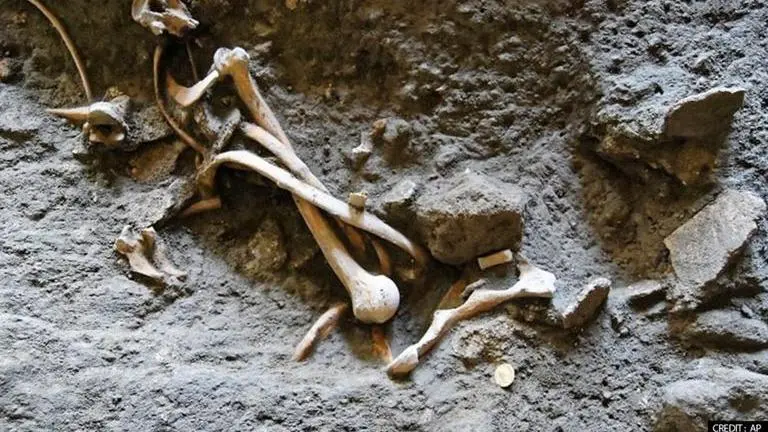Updated 18 March 2021 at 18:26 IST
Ancients teeth and bones shed light on hardships of privileged man from Mayan civilisation
A recent study published in the journal Latin American Antiquity analyses a set of teeth which once belonged to a high ranking member of the Mayan civilisation.
- Science News
- 2 min read

A recent study published in the journal Latin American Antiquity analyses a set of bones and teeth which once belonged to a high ranking member of the Mayan civilisation. The revelation hints towards how everything was not always swift for the elite in the ancient Mexican civilisation. According to the reports by Phys.org, a diplomat named Ajpach' Waal was buried 1,300 years ago. He suffered malnutrition or illness as a child, however, as an adult he helped negotiate an alliance between two powerful dynasties.
Analysing the remains
An archaeologists’ team led by Kenichiro Tsukamoto discovered a hieroglyph-adorned stairway leading up to a ceremonial platform. This was discovered during excavations at El Palmar, a small plaza compound in Mexico near the borders of Belize and Guatemala. The hieroglyphs revealed that in June, 726 CE, Ajpach' Waal travelled and met the king of Copán. The aim was to forge an alliance with the king of Calakmul, near El Palmar. The study talks about the role communities peripheral to major centers played in establishing the connections between royal families during the Late Classic period.
According to the reports by phys.org, Tsukamoto said, “His life is not like we expected based on the hieroglyphics”. He added, “Many people say that the elite enjoyed their lives, but the story is usually more complex”.
The discovered inscriptions have identified Ajpach' Waal as a "lakam”. He inherited the position through his father's lineage, and his mother also came from an elite family. Beneath the floor of a temple, which is next to the platform, Tsukamoto discovered an undisturbed burial of a male skeleton in a small chamber. Tsukamoto and Jessica I. Cerezo-Román, who is an assistant professor of anthropology at the University of Oklahoma studied the set of bones of the person buried here.
Both sides of the skull are spongy and porous due to the malnutrition problem. The archaeologists found that his right tibia, or the shinbone, had been fractured in his life, most likely in a contact sport. The focus is added to the depictions of people playing sports.
Advertisement
Published By : Akanksha Arora
Published On: 18 March 2021 at 18:26 IST
